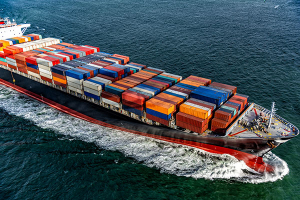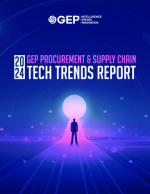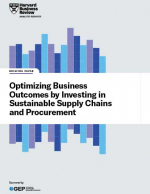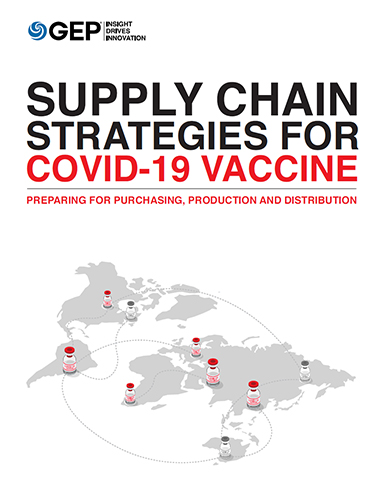Supply Chain Strategies for COVID-19 Vaccine: Preparing for Purchasing, Production and Distribution
In this GEP paper, Supply Chain Strategies for COVID-19 Vaccine: Preparing for Purchasing, Production and Distribution, we explore how pharmaceutical companies and their partners are gearing up for a global inoculation push that’s unprecedented in modern history.
COVID-19 Vaccine: How to Overcome Distribution Bottlenecks and Boost Success
The supply chain’s ability to support the massive rollout of the COVID-19 vaccine is being put to the test.
Temperatures, transportation distances, volume - and even the timing of the vaccine’s second dose - are all critical factors.
To ensure a responsive COVID-19 supply chain in the face of such daunting variables, leaders must have visibility, transparency, flexibility and foresight.
As the first COVID-19 vaccine developed by Pfizer and BioNTech is rolled out in the U.S., U.K. and other parts of the world and another 987-odd drugs and vaccines are in development (with 16 in the final phase) as of Dec. 15, 2020, pharma companies, Contract Manufacturing Organizations (CMOs) and suppliers are racing against time to put in place a sound production and supply chain plan so the vaccines can reach people speedily and securely.
There are, however, considerable uncertainties and variables at this stage that can impact the production and distribution of the vaccine:
- Uncertainties on approvals: It’s not entirely clear how many vaccines will be approved. This affects the total amount of vaccine doses available (in the short to medium term) and consequently, production and distribution capacities.
- Nature of vaccine: An approved vaccine that needs a continuous cold chain and specified temperature range will impact not only its distribution and allocation, but it will also have have specific packaging requirements (for some vaccines, packaging must withstand temperatures as low as minus 80 degrees Celsius). Both Pfizer and Moderna vaccines must be stored at below-zero temperatures, with the Pfizer vaccine requiring dry ice and special refrigeration.
- Number of vaccinations needed: How much vaccine a country needs depends on the population to be vaccinated and the vaccination timeline. This depends on public health care capabilities and government policies. For example, there will be no compulsory COVID-19 vaccinations in Germany.
- Efficacy of vaccine: The efficacy rate of a vaccine will decide how often people need to be vaccinated to contain the pandemic, which will impact production and distribution. For example, the Pfizer and Moderna vaccines require two doses that must be administered in a short sequence to be effective, so there can’t be a lag in the supply chain.
This white paper examines the strategies that pharmaceutical companies are currently pursuing to address the challenges in purchasing and supply chain management while factoring in uncertainties, so that when the vaccines are approved, there will be no delay in getting them to customers.
What’s Related




Favorites





